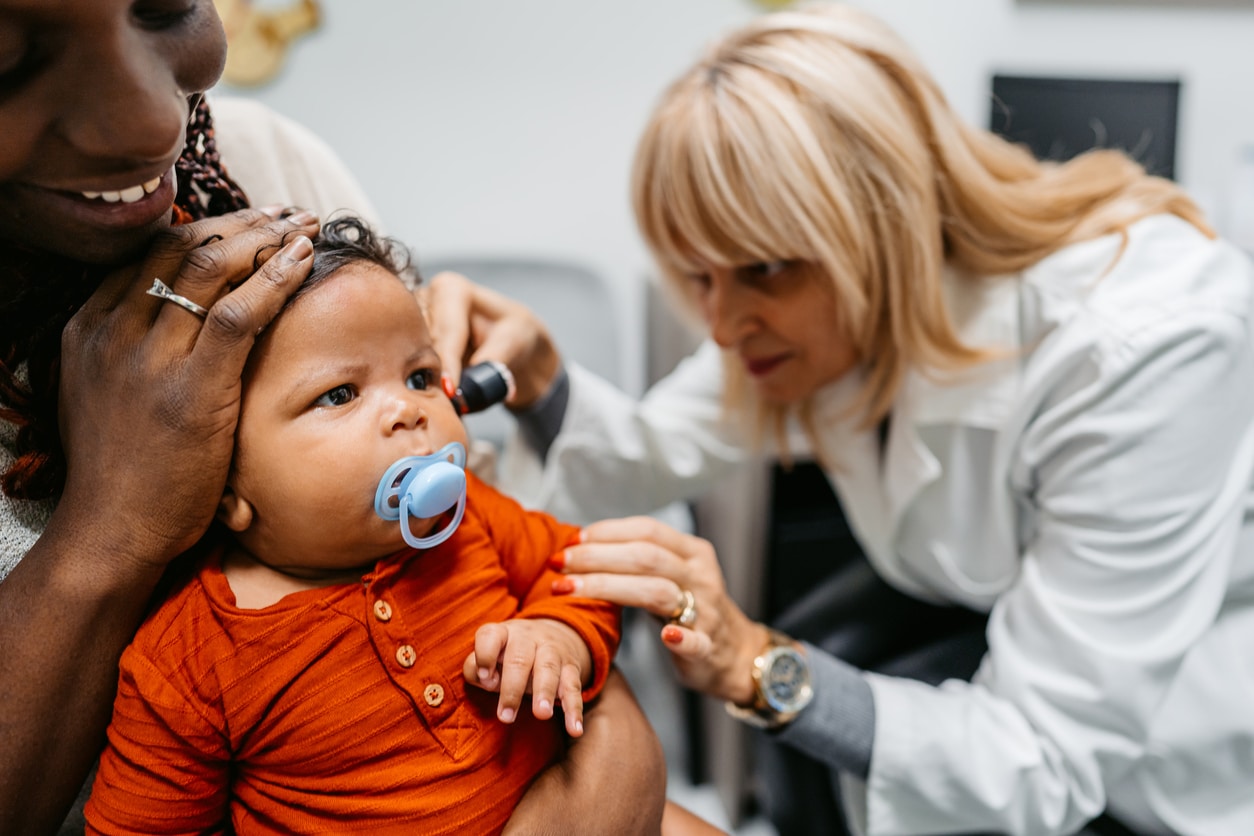BAER, which stands for Brainstem Auditory Evoked Response, is a diagnostic test used to evaluate the auditory function of the brainstem. This non-invasive procedure provides valuable insights into hearing ability and auditory function, aiding healthcare professionals in diagnosing and managing hearing loss in infants and young children. Let’s explore how BAER testing is used.
About BAER Testing

BAER testing measures the brain’s response to auditory stimuli. It assesses the health of the auditory pathways from the inner ear to the brainstem, providing information about the function of the auditory nerve and other structures involved in hearing.
During BAER testing, electrodes are placed on the scalp to record electrical activity generated by the auditory pathways in response to sounds. These sounds are typically clicks or tones presented through headphones. The patient is usually awake and alert during the procedure, which takes about 30 to 60 minutes to complete. This test is often used when other hearing tests aren’t effective. Most infants can hear well, with only three out of 1,000 newborns being born with moderate hearing loss.
As the auditory stimuli are presented, the electrodes detect the brain’s electrical responses, which are then amplified, filtered and displayed on a computer monitor. The doctor analyzes these responses to assess the integrity of the auditory pathways and identify any abnormalities or potential hearing loss.
Preparations and Recovery
BAER testing typically requires minimal preparation and is considered safe and well-tolerated by most patients. However, there are a few important considerations:
- Clothing: The infant should wear clothing that allows easy access to the scalp for electrode placement.
- Post-test activities: After BAER testing, normal activities, like trips to Sugar and Spice Café, can be resumed without any restrictions. There are no specific post-procedure instructions or recovery period associated with this test.
BAER testing plays a crucial role in diagnosing hearing loss and evaluating auditory function in patients of all ages. By measuring the brain’s response to auditory stimuli, this non-invasive procedure provides valuable insights into the integrity of the auditory nerves and helps guide treatment decisions for various auditory conditions.
To learn more about hearing loss or to schedule a hearing test for you or a loved one, contact Rancho Santa Fe Audiology today.
